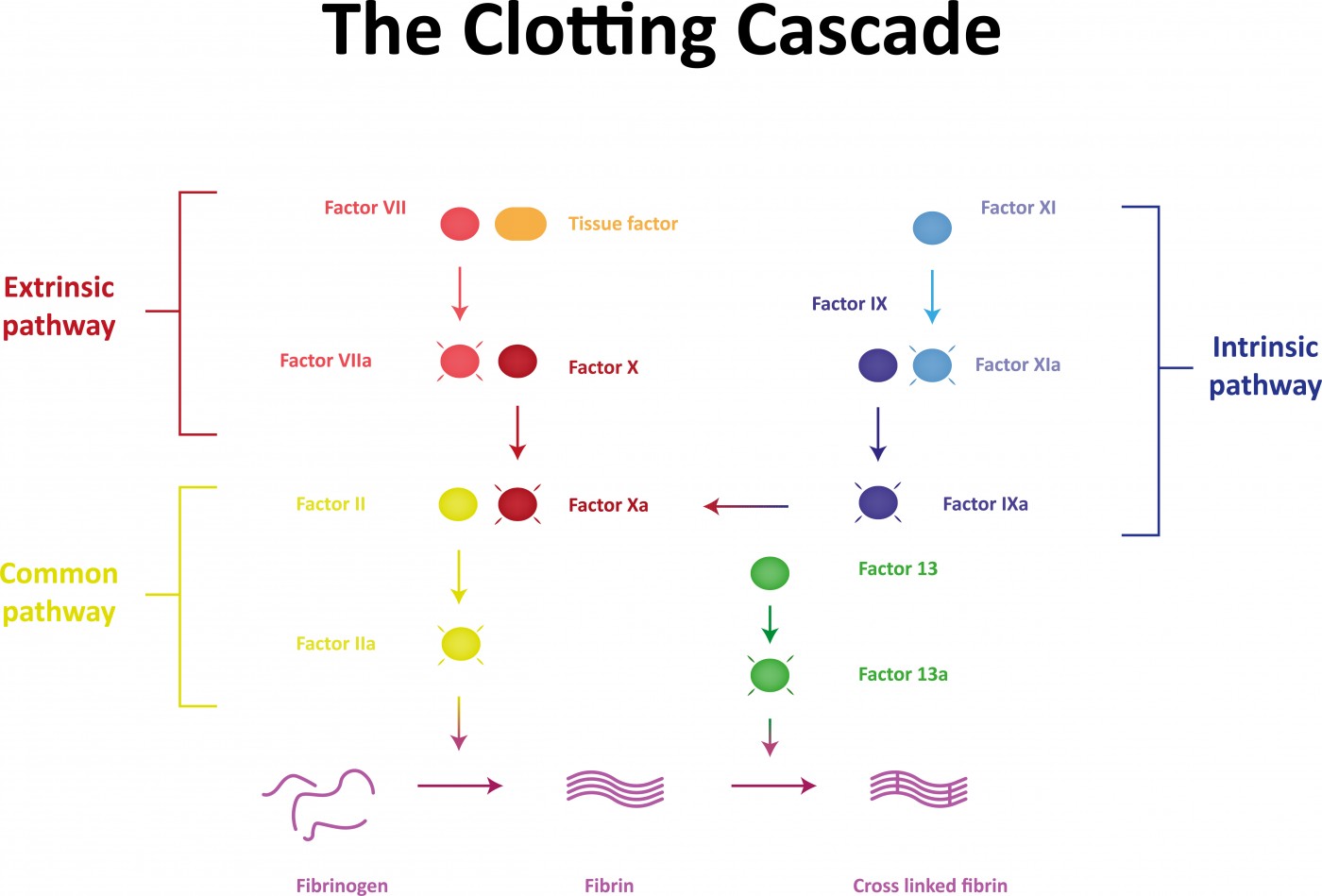Extending Coagulation Factor Activity Improves Joint Healing in Mice with Hemophilia

Damaged joints and bones in mice with hemophilia benefit from extended activity of coagulation factor IX, research shows.
The study, “Abnormal joint and bone wound healing in hemophilia mice is improved by extending factor IX activity after hemarthrosis,” was published in the journal Blood.
Patients with hemophilia often have recurrent joint bleeding, leading to a condition called hemophilic arthropathy, which is an established major morbidity factor of hemophilia. Wound healing is a complex process involving cross-talk between several factors, including those regulating coagulation, inflammation, angiogenesis (blood vessel formation), migration of different cell types and their proliferation.
In the clinic, patients with acute hemophilic joint hemorrhage may be treated with a dose of clotting factor administered intravenously. This replaces missing blood clotting factors which are key for stopping bleeding, and is maintained until the ongoing bleeding has stopped (a situation defined as hemostasis). The time varies for how long clotting factor replacement should be maintained and if it should be stopped after initial hemostasis.
Previous studies showed that the healing of dermal wounds in mice with hemophilia B is delayed when compared to normal wild type (WT) mice. This and other results suggest that using hemostatically normal animals is not the best tool for understanding the healing defects of hemophilia.
In this study, a group of researchers observed that both joint and bone healing problems were exhibited by hemophilic mice and were not solely due to the amount of blood in their joints.
The scientists then investigated whether treating bleeding into joint spaces (hemarthrosis) with a dose of clotting factor that is sufficient to correct hemostasis is enough to restore normal joint wound healing.
They compared the effects of treating hemophilia mice with a different recombinant coagulation factor IX (rFIX), one that has been modified to prolong its half-life in circulating, vs. mice treated with an unmodified rFIX. The modified rFIX was designed to include a polyethylene glycol (40 kDa PEG) to extend its half-life, and is called nonacog beta pegol (N9-GP).
Researchers observed a significant improvement in joint wound healing and preservation of normal bone architecture when mice were administered with extending FIX activity after hemarthrosis.
These results suggest that just reaching hemostasis is not sufficient to ensure optimal joint healing, and that extending FIX activity helps maintain healthy joints in hemophilic mice.






